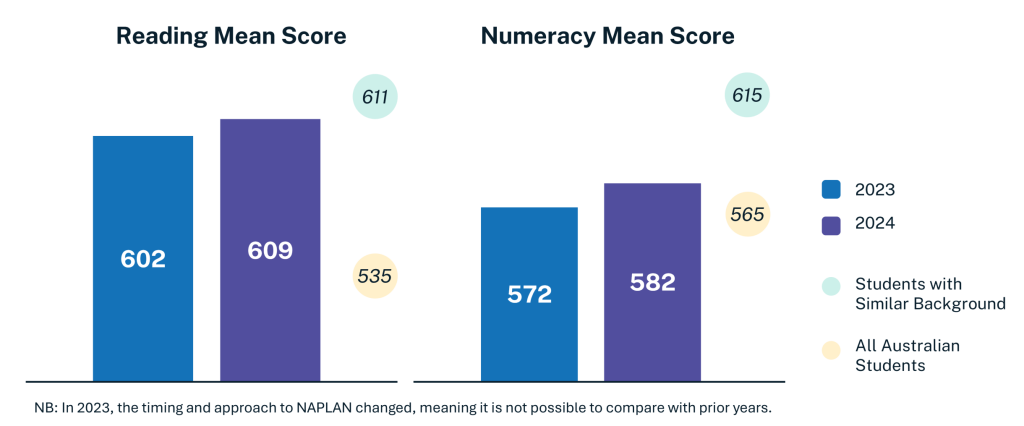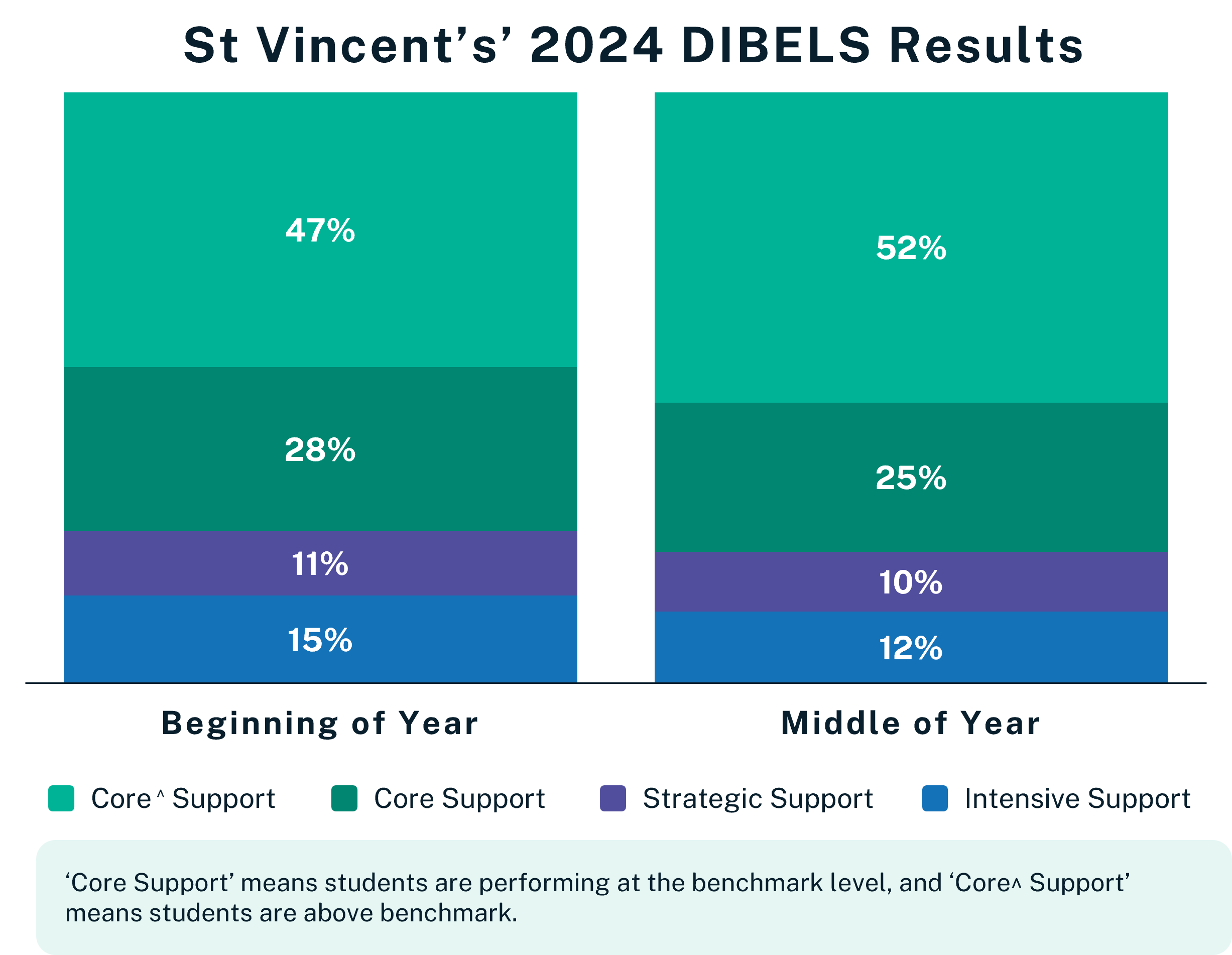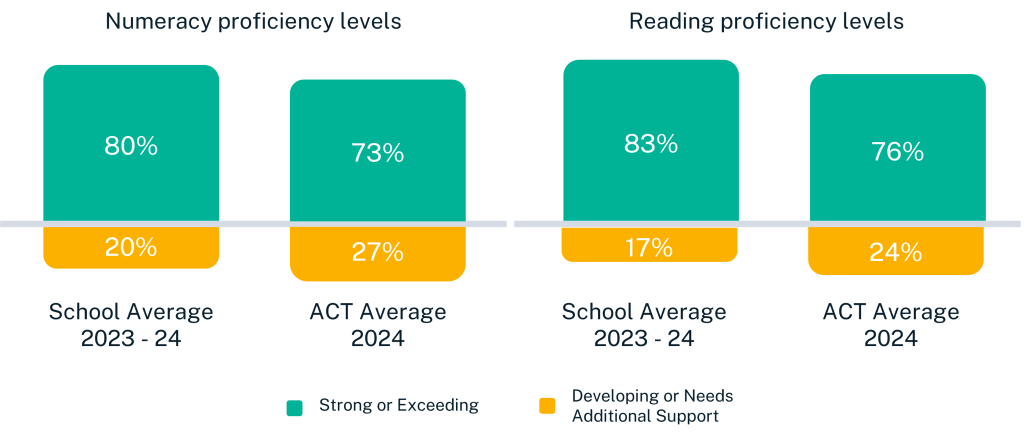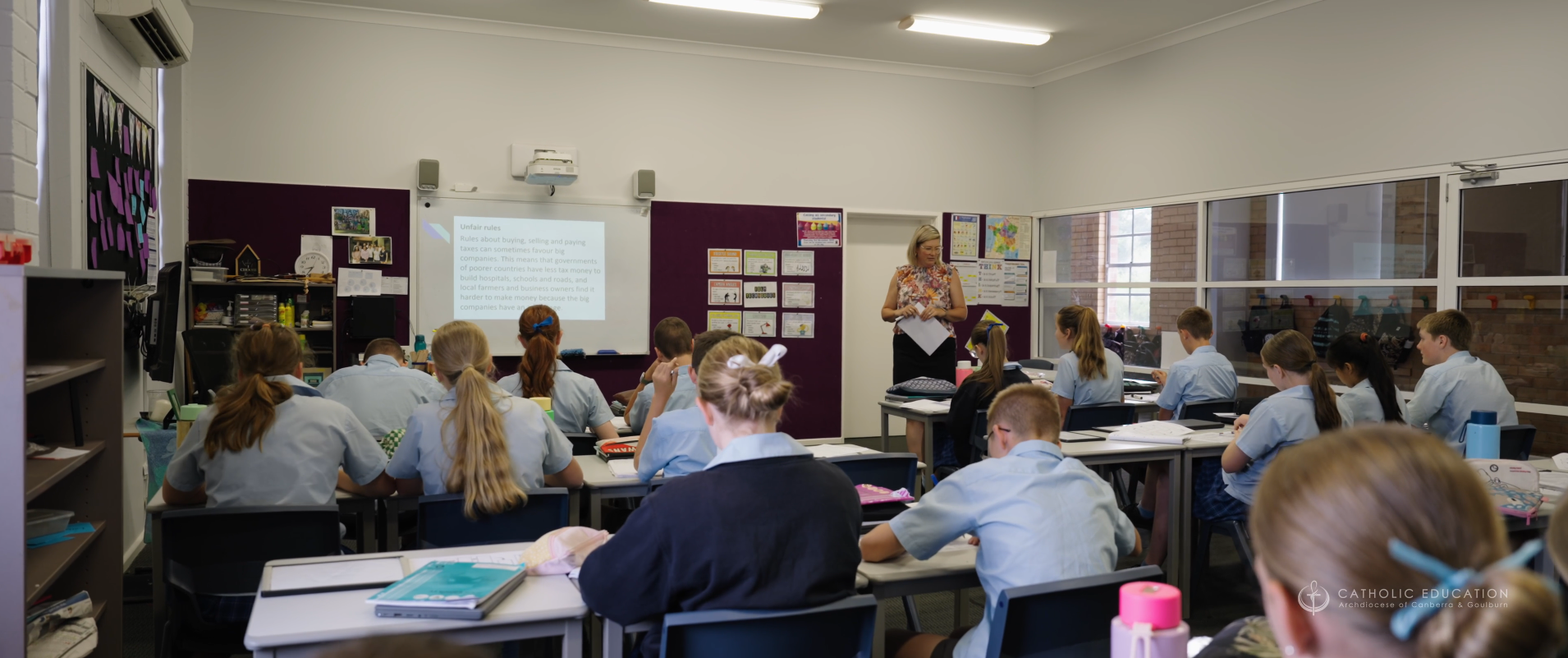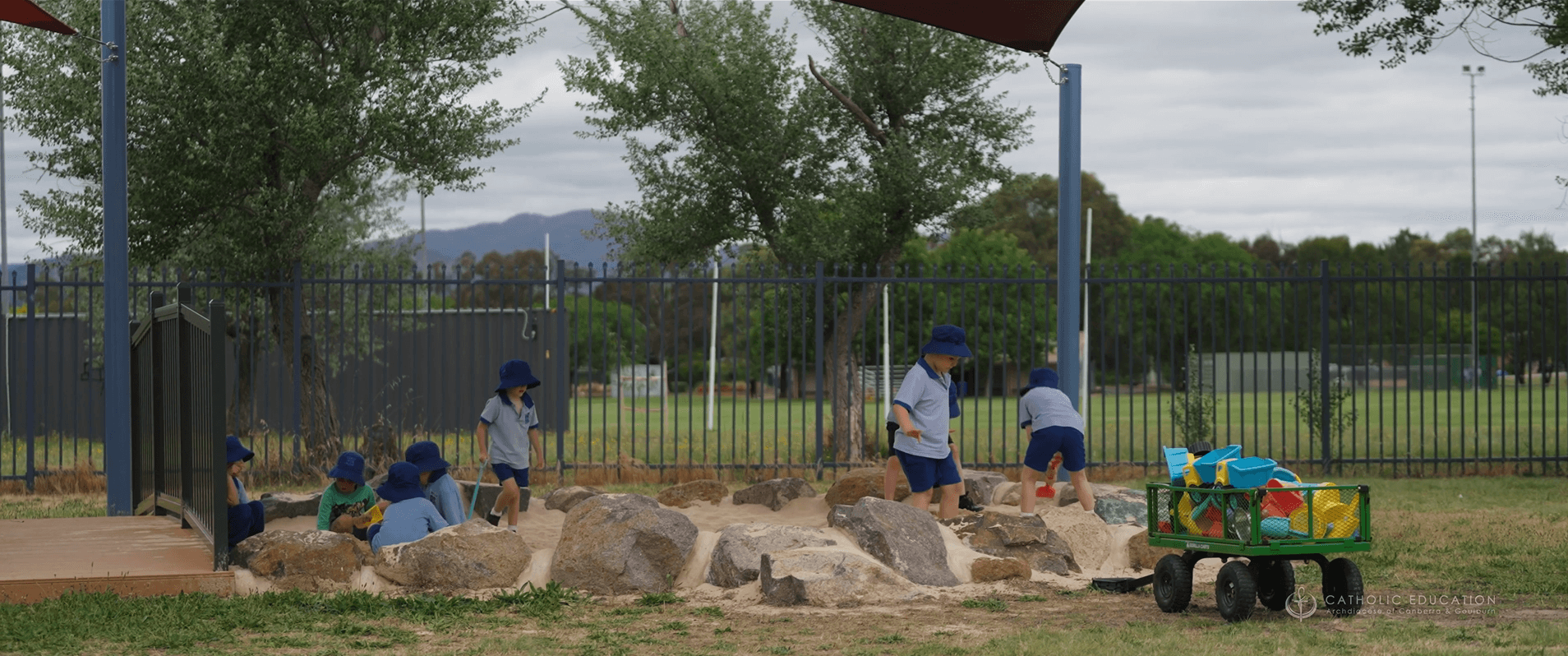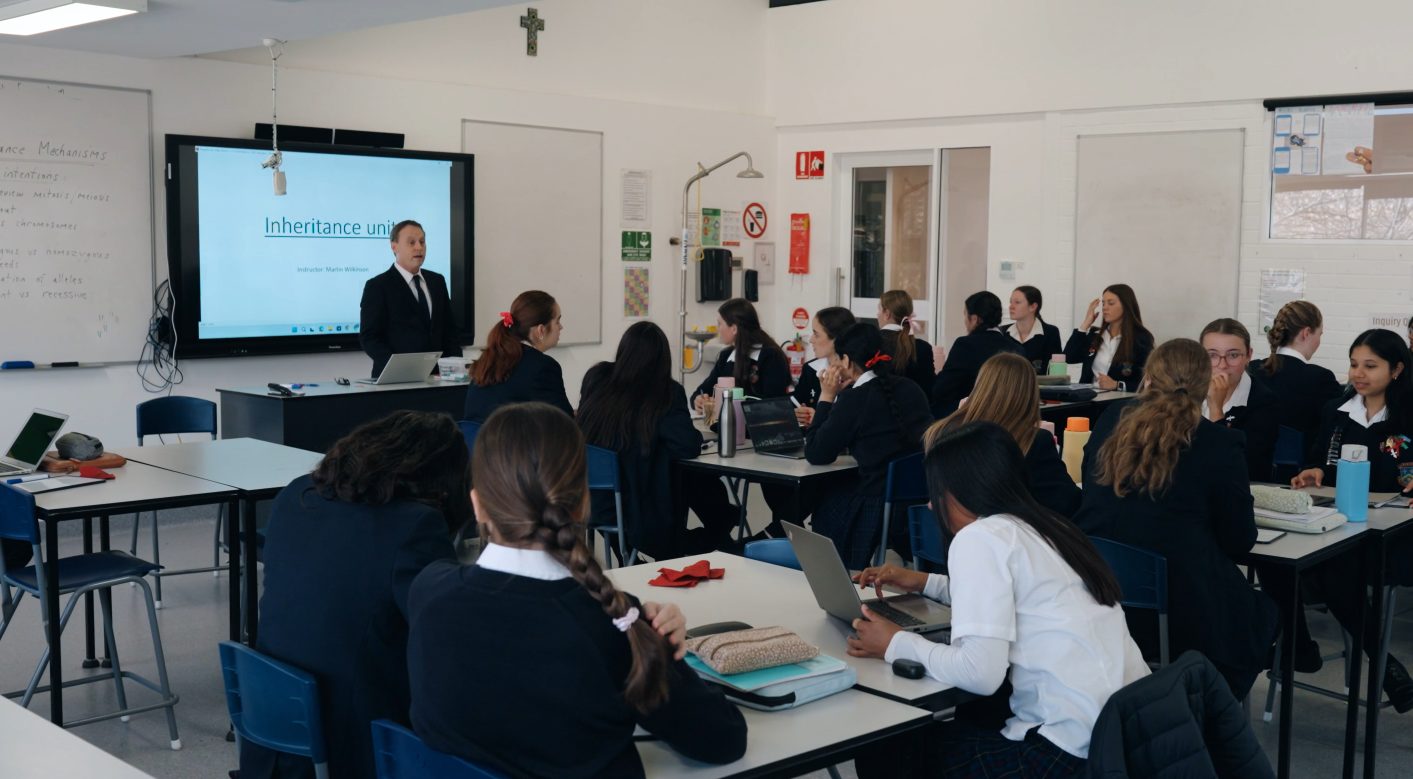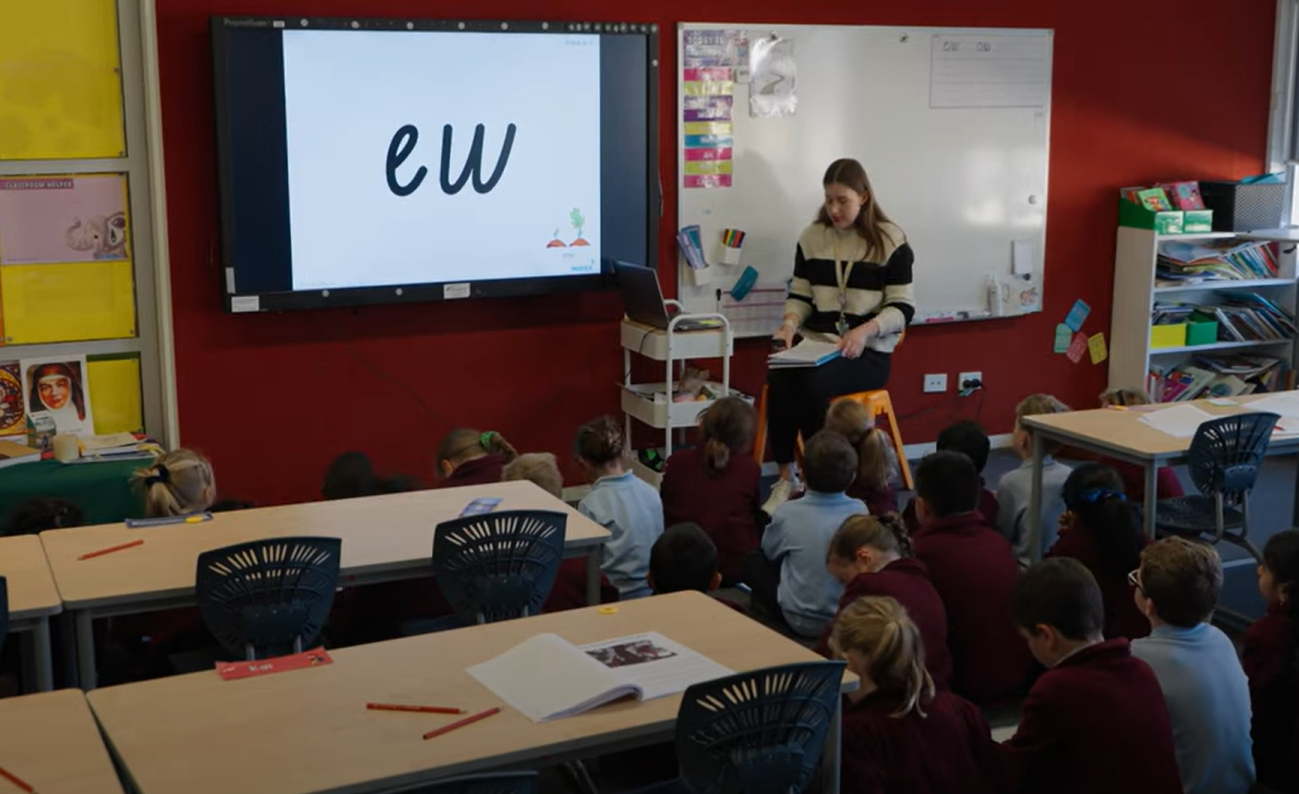Key benefits St Anne’s Central School has gained from Catalyst as a small school

Temora, NSW

282 Students
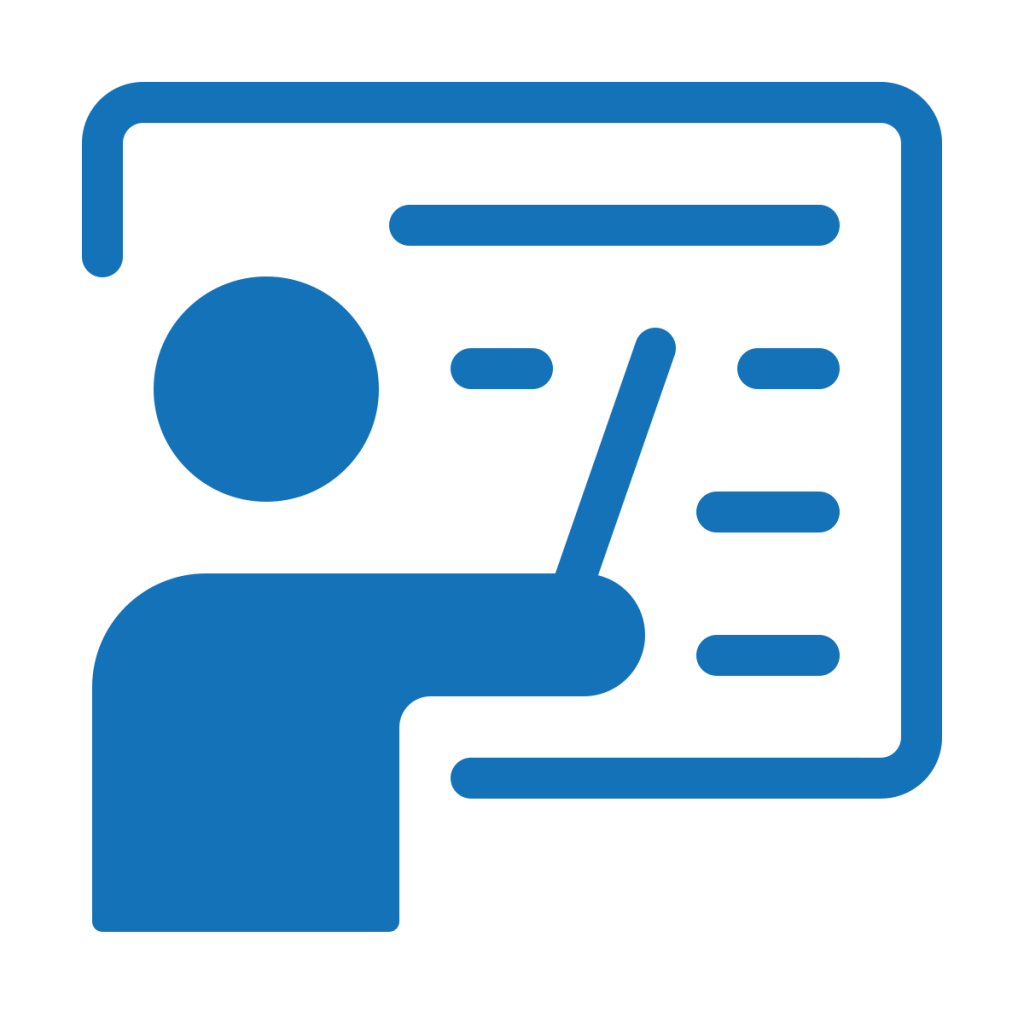
24 Teachers
With a team of 24 teachers (FTE) from Foundation to Year 12, St Anne’s is a small school that has unlocked new potential with the help of Catalyst. As the change process flows from the primary years through to secondary, students are learning more as teachers embrace new approaches.
High impact teaching and learning from each other
St Anne’s is aligning their teaching with the best evidence for what works for students – known as ‘High Impact Teaching Practice’ (HITP) within Catholic Education Canberra Goulburn (CECG) archdiocese.
As a part of Catalyst, all primary school teachers have undergone HITP training. Teachers also regularly use CECG-produced curriculum resources in their lesson plans. This helps teachers use their planning time effectively – as a small school with only one class per year level, teachers otherwise spend a lot of time individually preparing lessons as they cannot share this load with colleagues. Access to these ready-to use, high quality curriculum resources enables teachers to instead spend their time tailoring the material for individual student needs and provide more targeted support.
“We use them [curriculum materials] consistently… I adjust them accordingly to my cohort and to individual students, but I utilise them all the time.” (Classroom teacher)
In the secondary school, a majority of teachers have also undergone HITP training. Teachers report greatly benefiting from periodic peer observations, where they visit other classrooms while staff are teaching. This ensures an opportunity to give and receive feedback, but also to see what a colleague does particularly well and take ideas back into their own classroom.
“We still have the opportunity to learn from each other, even though we’re all working…within our content or subject area.“ (Classroom teacher)
Teachers continuously improve their practice to better support their students
In the primary school, each teacher takes part in a coaching program. Teachers are observed regularly by their coach, and meet with them twice per term to set goals and discuss feedback. This allows teachers to improve on aspects of their practice and feel empowered to remain a learner themselves.
The school also prioritises using student data to support learning and wellbeing, holding weekly meetings in which concerns for students are raised, and the best support for a student is discussed. Teachers access the advice of their colleagues and allied health experts as part of these conversations.
Benefits for our students, and all students
Staff at St Anne’s are observing a range of benefits for students, including that they are more engaged, more confident and more motivated as a direct result of the new teaching practices.
“For me, I’ve seen that it empowers students, even [struggling] students. I’m not asking them questions that I haven’t taught them…I’m not leaving them behind. I’m bringing them along.. The students almost feel like assessment has gotten easier… they are mastering the assessments.” (Classroom teacher)
In addition, the adoption of similar approaches across all CECG schools helps students moving midyear. This can otherwise be highly stressful, but the consistent approaches feel familiar, and students are less likely to miss out on learning parts of the curriculum – or conversely repeating them again.
St Anne’s focus on not leaving any student behind can be seen in their NAPLAN results. For both reading and numeracy, the school has a higher proportion of students classified as ‘strong’ or ‘exceeding’ in comparison to the national average.
St Anne’s 2023-24 NAPLAN results – All year levels combined

A smooth leadership transition is the next step
The school will have a new principal in 2025. Staff at St Anne’s feel prepared for the upcoming transition, and know that having shared goals for student learning across the system helps ensure everyone is on the same page, and no momentum will be lost.
External Analysis delivered by

To measure the outcomes and impact of the Catalyst program, CECG engaged Deloitte Access Economics (DAE) for an external analysis. Starting in January 2022, DAE evaluated Catalyst’s effectiveness on schools. Their final report includes six case studies from diverse schools in the Archdiocese, highlighting academic achievements for students and advocacy impacts for teachers, along with areas for improvement.



